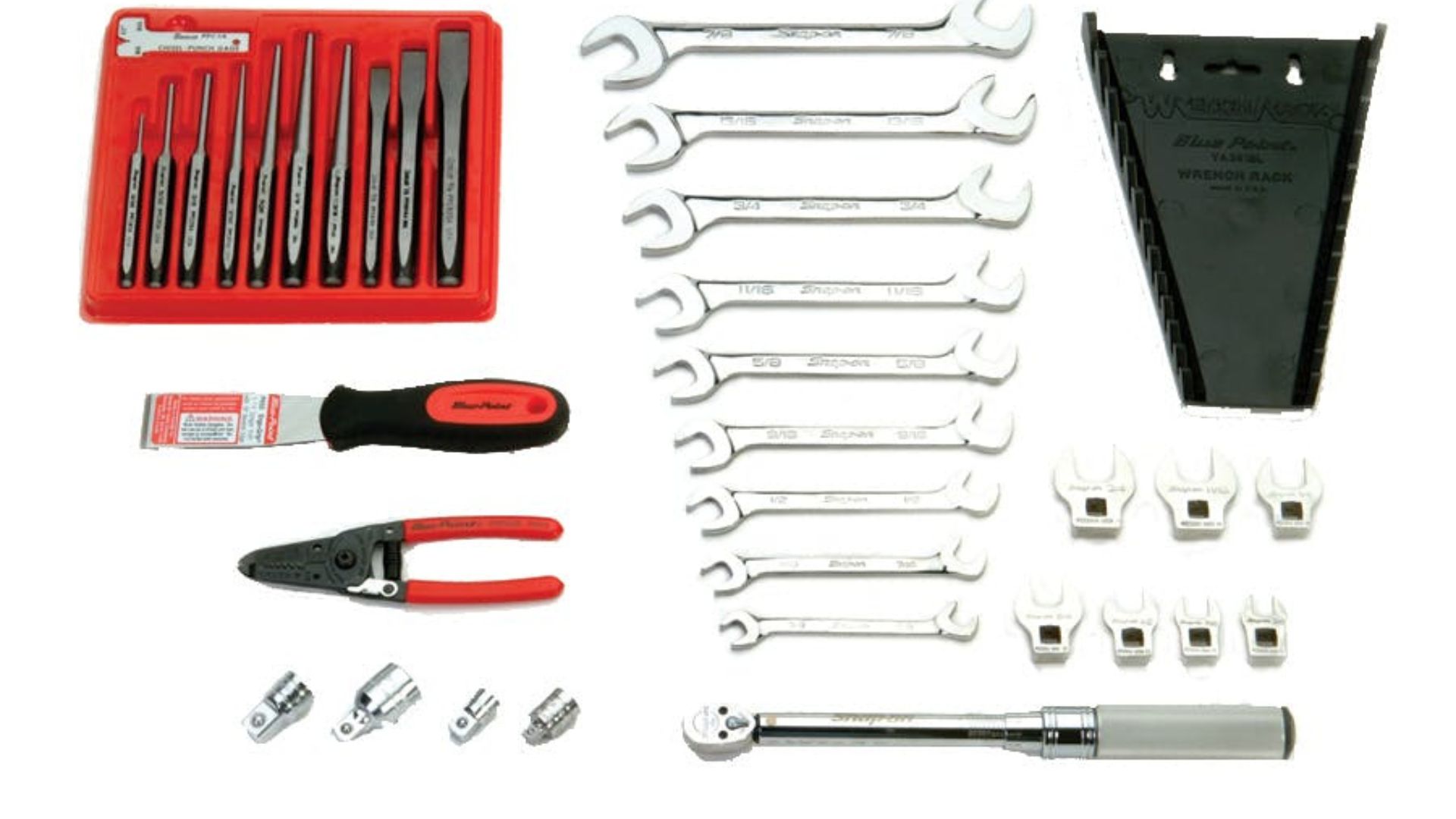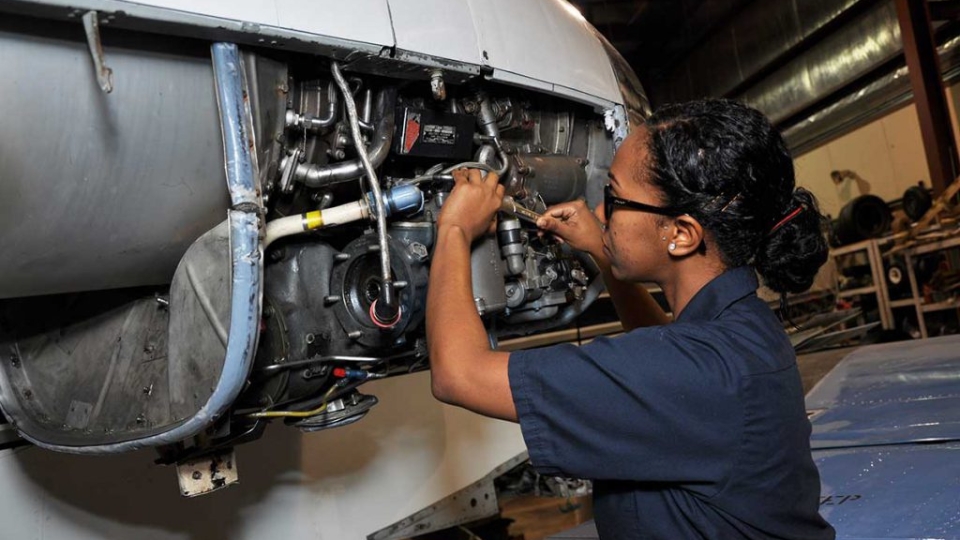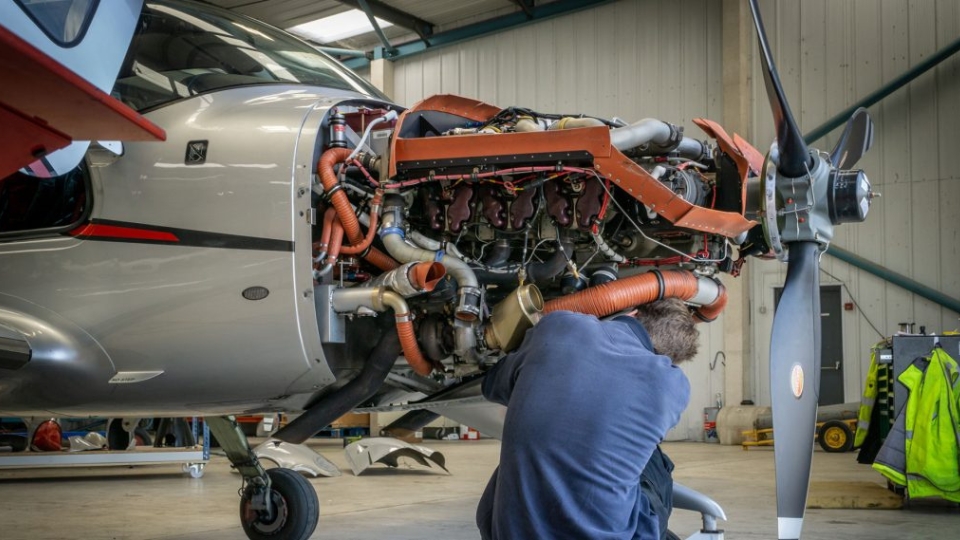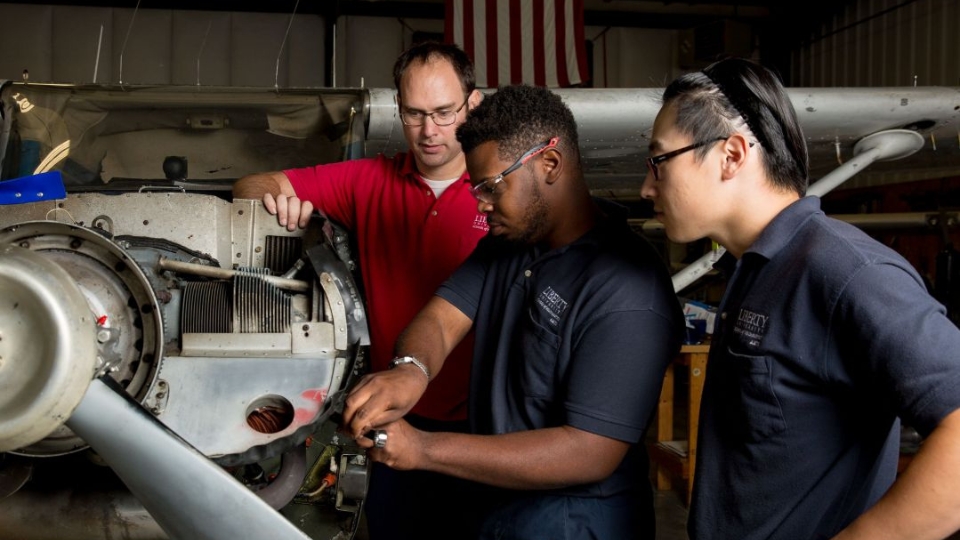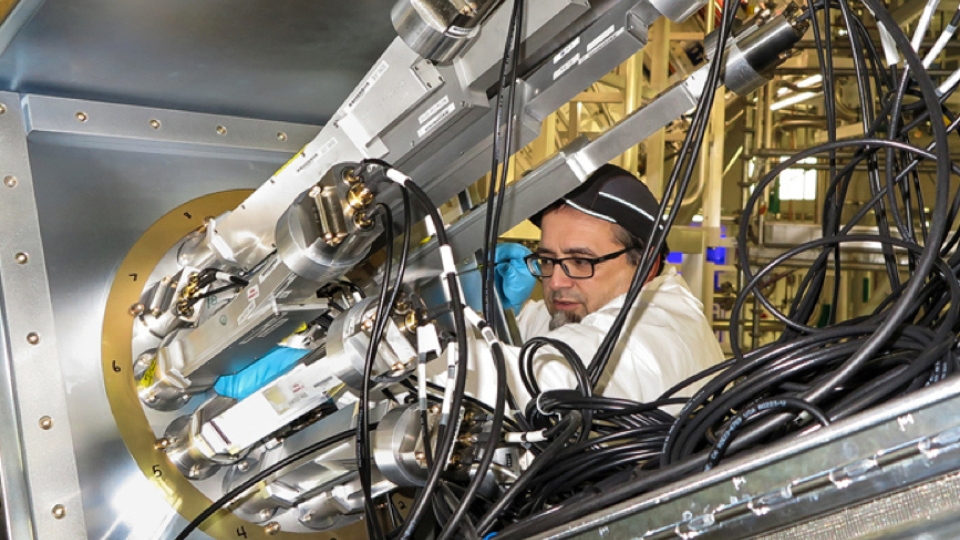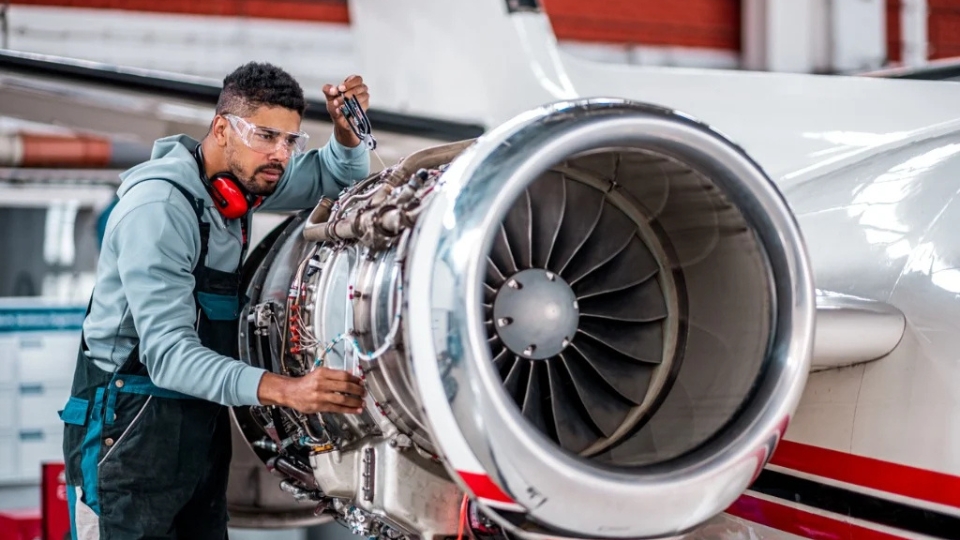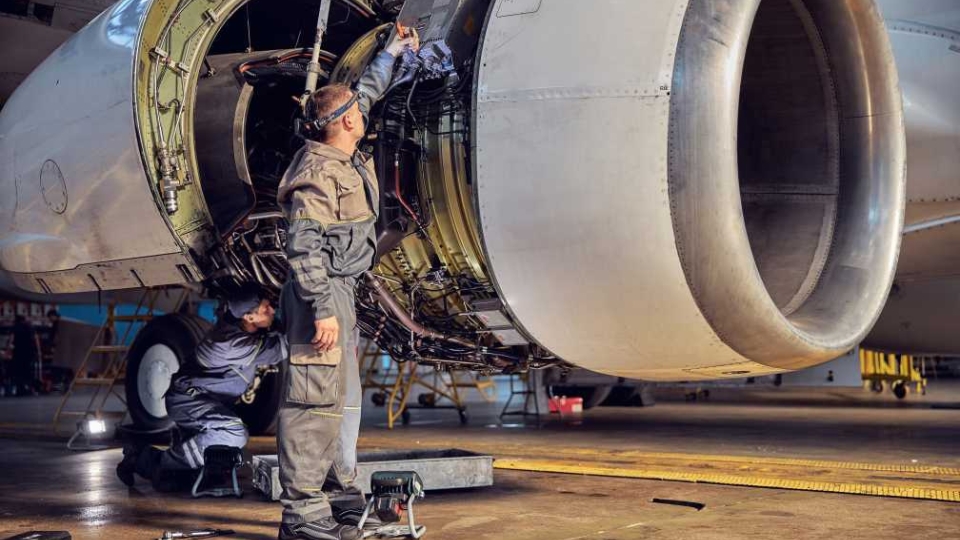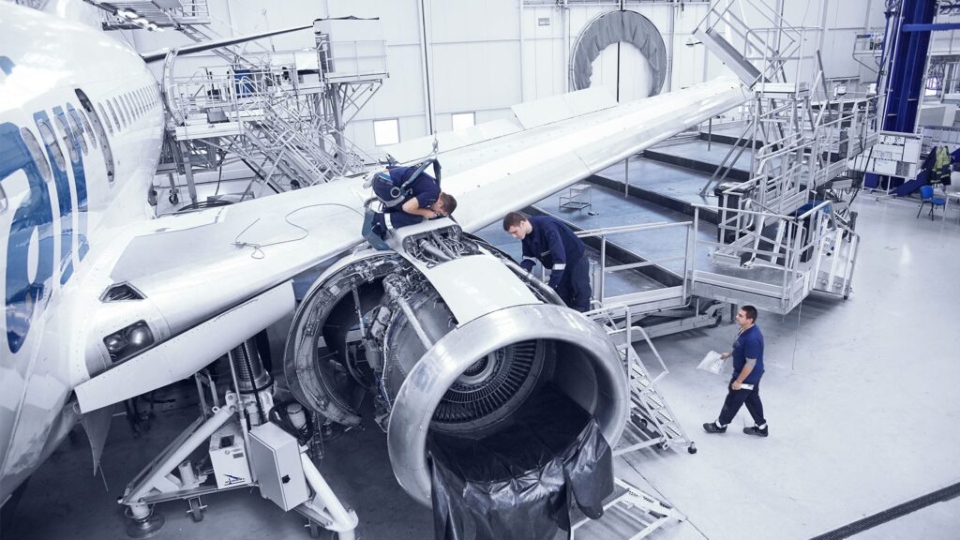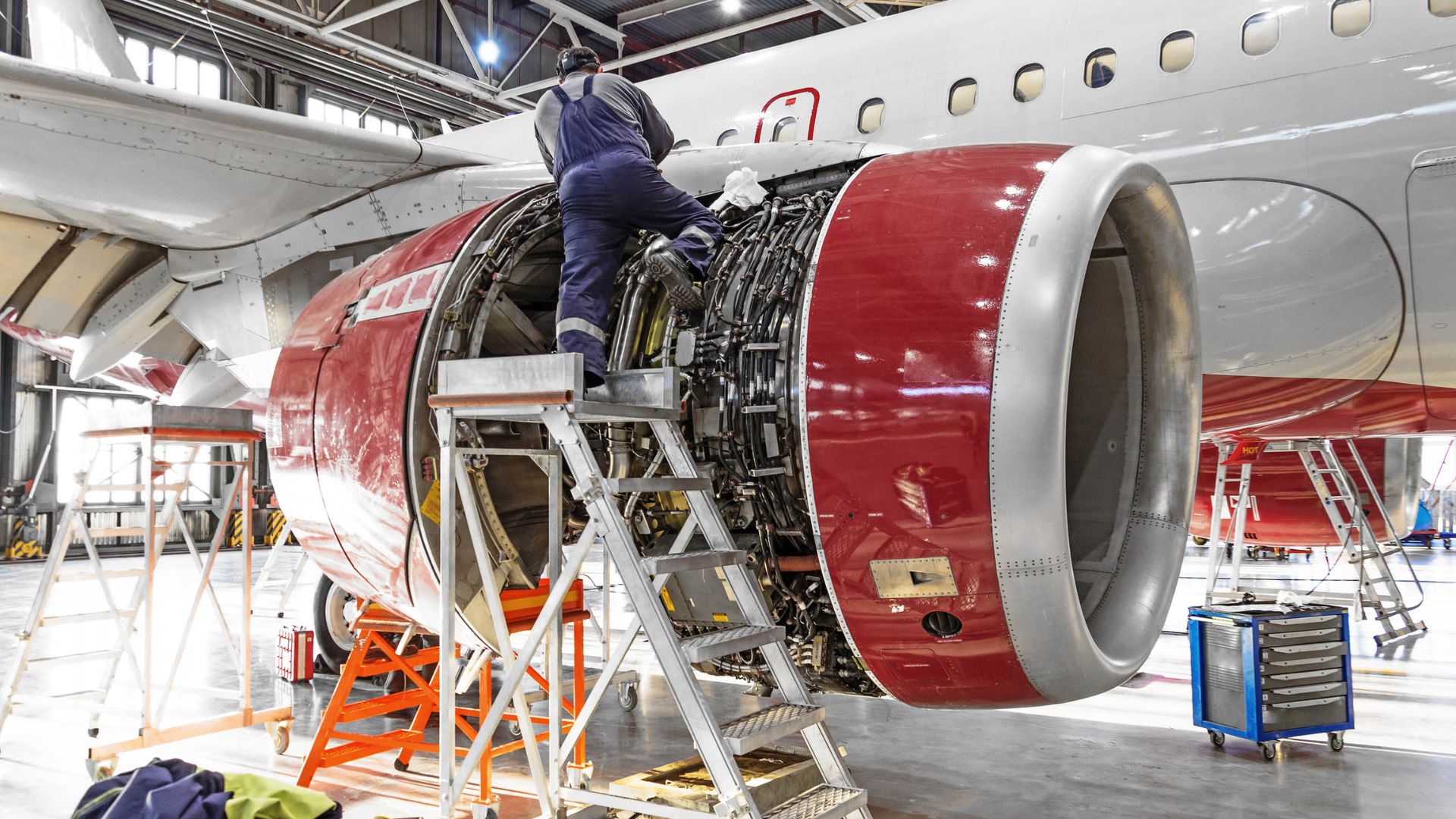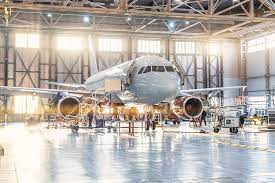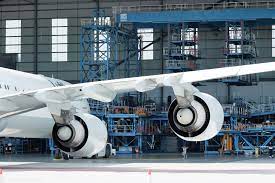Aircraft mechanics play a critical role in aviation safety, working with precision and responsibility to inspect, repair, and maintain aircraft systems. To perform these tasks effectively, they rely on a specialized set of tools designed to meet strict industry standards. From basic hand tools to advanced diagnostic equipment, here are the top tools every aircraft mechanic should know—and why they matter.
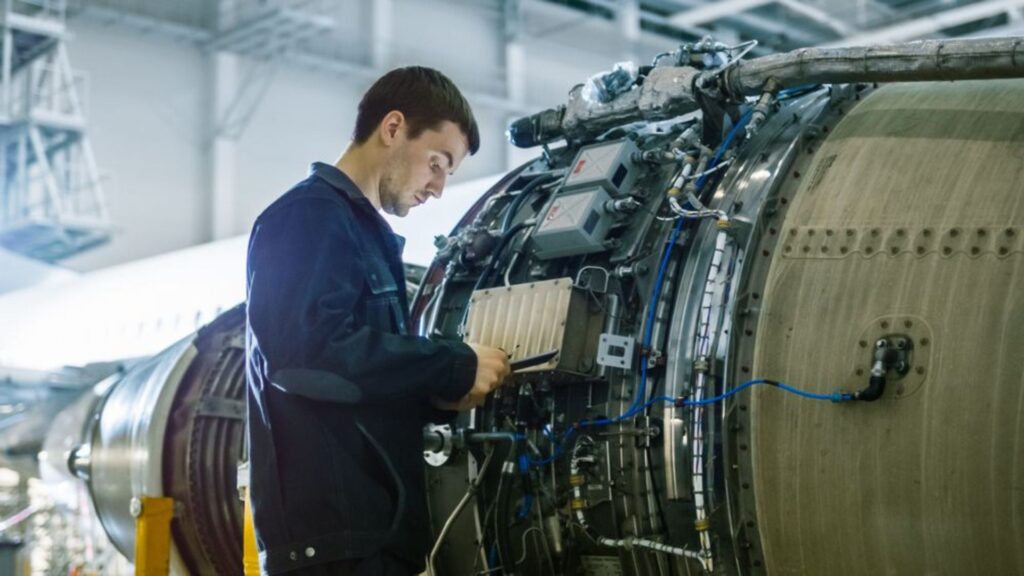
Torque Wrenches
Torque wrenches are essential for tightening bolts and fasteners to exact specifications. In aviation, over- or under-tightening can lead to serious safety issues.
Why it’s essential:
-
Ensures correct clamping force on critical components
-
Prevents damage due to overtightening
-
Maintains structural integrity
Types include click-type, beam, and digital torque wrenches—each used based on the component and torque range required.
Safety Wire Pliers
Safety wire pliers are used to twist and secure safety wire, which prevents fasteners from loosening due to vibration.
Why it’s essential:
-
Keeps bolts and screws locked in place
-
Enhances aircraft safety during flight operations
-
Ensures compliance with maintenance regulations
Safety wiring is common in areas like engine mounts, brake assemblies, and flight controls.
Borescopes (Inspection Cameras)
A borescope is a slender, flexible inspection tool with a camera and light source at the tip, allowing mechanics to visually inspect hard-to-reach internal areas.
Why it’s essential:
-
Accesses engines, turbines, and internal ducts
-
Detects cracks, corrosion, and wear
-
Minimizes disassembly during inspections
Video borescopes provide live views and recording features, improving inspection accuracy and documentation.
Rivet Guns and Bucking Bars
Aircraft skins and structural components are held together with rivets. Mechanics use rivet guns to install them and bucking bars to form the rivet head on the opposite side.
Why it’s essential:
-
Provides strong, vibration-resistant joints
-
Used in airframe repair and assembly
-
Ensures long-lasting structural strength
Correct rivet installation is critical to aircraft safety and integrity.
Calipers and Micrometers
Precision measuring tools like digital calipers and micrometers are used to measure thickness, diameters, and gaps within very tight tolerances.
Why it’s essential:
-
Ensures parts are within manufacturer specs
-
Detects component wear or deformation
-
Maintains tight engineering standards
Aircraft components often require tolerances within thousandths of an inch, making accuracy essential.
Multimeters
Multimeters are vital for diagnosing electrical issues. These tools measure voltage, resistance, and current in aircraft electrical systems.
Why it’s essential:
-
Troubleshoots electrical faults
-
Confirms circuit integrity
-
Supports avionics and lighting systems diagnostics
Digital multimeters with aviation-specific features (such as frequency measurement) are commonly used.
Hydraulic Test Equipment
Aircraft use complex hydraulic systems for landing gear, brakes, and flight controls. Technicians use hydraulic testers and pressure gauges to evaluate these systems.
Why it’s essential:
-
Checks fluid pressure and flow
-
Identifies leaks or blockages
-
Ensures responsive and safe system performance
Portable hydraulic test stands allow field testing without removing components.
Maintenance Software and Tablets
Modern aircraft mechanics use digital tools just as much as physical ones. Tablets and laptops equipped with maintenance tracking software allow technicians to access manuals, log repairs, and manage compliance.
Why it’s essential:
-
Provides real-time access to aircraft data and service history
-
Streamlines documentation and reporting
-
Ensures regulatory compliance
Many airlines and MROs are going paperless, making digital tools increasingly important.
Lockwire Tools and Torque Seal
In addition to safety wiring, torque seal (or anti-tamper lacquer) is applied to fasteners to verify if they’ve been disturbed visually.
Why it’s essential:
-
Provides visual confirmation of torque application
-
Highlights any post-maintenance movement
-
Enhances inspection efficiency
It’s a small but crucial part of daily maintenance checks.
Conclusion
Aircraft mechanics are only as effective as the tools they use. Whether it’s a torque wrench for precision or a borescope for detailed inspection, every tool plays a vital role in aviation safety. With the right equipment and proper training, mechanics ensure that every aircraft taking off is fit for the skies.

